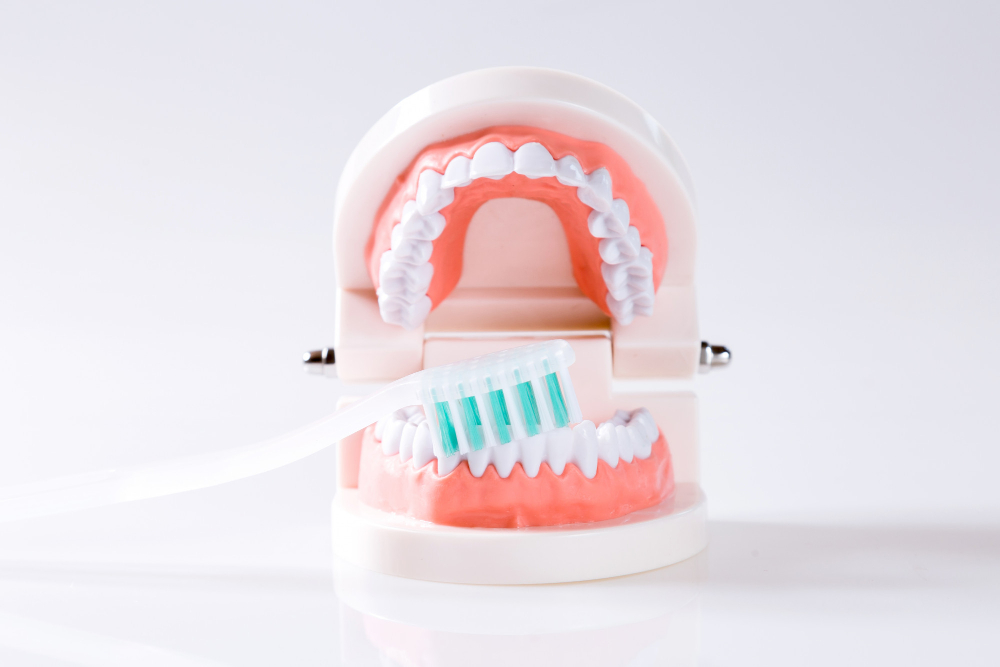A new study of 568 COVID-19 diagnoses with severe gum disease (periodontitis) were at least three times more likely to experience complications including death, ICU admission and need for assisted ventilation, according to an article published in the Journal of the American Academy of Periodontology (AAP).
Additionally, COVID-19 patients with periodontitis showed increased levels of biomarkers associated with worsened disease outcomes including white blood cell levels, D-dimer, and reactive protein.
Conducted using the national electronic health records of the State of Qatar between February and July 2020, this study analyzed patient cases with severe COVID-19 complications (death, ICU admissions or assisted ventilation). The control group was comprised of COVID‐19 patients discharged without major complications. Periodontal conditions in the two groups were analyzed using dental radiographs from the same database.
Periodontal disease, commonly known as gum disease, can cause bleeding gums, bad breath, and if left untreated lead to tooth loss. Research from the AAP and the Centers for Disease Control and Prevention suggests up to half of US adults aged 30 and older have some form of periodontal disease. Periodontal disease has been linked to several other serious conditions in addition to COVID-19, including diabetes, heart disease, and Alzheimer’s.
According to the AAP, systemic inflammation is not only a symptom of COVID-19 but can also be a symptom of periodontal disease. Gum disease experts (periodontologists) are alerting the medical profession and the public to maintain healthy teeth and gums to avoid developing periodontal disease amid a global pandemic like COVID-19.
In other words, those COVID-19 diagnoses with gum disease should take care of their teeth and gums and seek treatment to optimize gum health. Those without COVID-19 should maintain good gum health to avoid gum disease to minimize the risk of being more vulnerable to coming down with COVID-19 and contract severe complications if they do come down with COVID-19.











